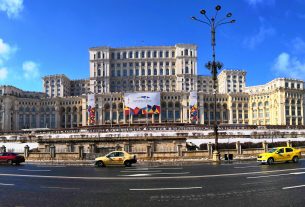NTT DATA, the IT services provider and industry consultancy, has announced the end of a project that used quantum computing to optimise genome assembly processes. This is claimed to be a milestone in the use of this technology in the Healthcare and Life Sciences industries.
This project explored the capability and feasibility of using quantum computing for genome assembly by comparing quantum and non-quantum computing approaches. To do so, NTT DATA tackled a genome assembly problem in an environment that simulated real-world conditions. The conclusion of these tests was that scientists can identify genetic variations associated with certain illnesses and conditions through someone’s genomic sequencing and genome assembly.
This information can then be used to develop new treatments and therapies to target the underlying genetic causes of the disease.
The objective of the collaboration between NTT DATA Spain, NTT DATA Brazil and NTT’s Center for Quantum Innovation has been to implement and compare classical (or non-quantum) – and quantum computing algorithms based on two approaches.
For the classical approach, NTT DATA used the Gurobi product – one of the most powerful packages for combinatorial optimisation problems –and the Simulated Annealing algorithm. On the other hand, for the quantum approach, NTT DATA used Quantum Annealing technology with superconducting qubits from D-Wave. NTT Research’s CIM (Coherent Ising Machine) then simulated the technology. The comparison was based on the measurement of computational efficiency, accuracy and scalability indicators.
The same dataset was used as a reference for the concept proof and the comparison. Specifically, the bacteriophage phiX174 genome’s sequencing was synthetically generated, allowing the simulation of different test scenarios and comparison of the reference indicators.
Although the results derived from the proof-of-concept show that purely quantum approaches still present difficulties in tackling large problems, as the computational capacity increases, a substantial improvement in processing time can be observed, depending on the problem size, from exponential in traditional systems to almost linear in quantum systems.
A hybrid, classical-quantum approach, with technology such as D-Wave’s, can compete with traditional techniques such as Gurobi, as it is able to find optimal solutions for all scenarios, including the largest ones. These results are very promising and suggest that quantum computing may be a viable alternative to classical methods for solving large optimisation problems in biology, health and other areas.
David Montal (Head of Pharma & Life Sciences) and Jose Aznar (project lead and Head of Health Innovation at NTT DATA EMEAL) explained: “This concept test is the first of its kind in using quantum technologies in the Healthcare industry. Although the use of quantum technologies is still in its early days, their applicability in the medium and long term will be decisive in fields such as genomics, digital image processing and real-time health data analytics where efficiency and processing capacity is key.”



